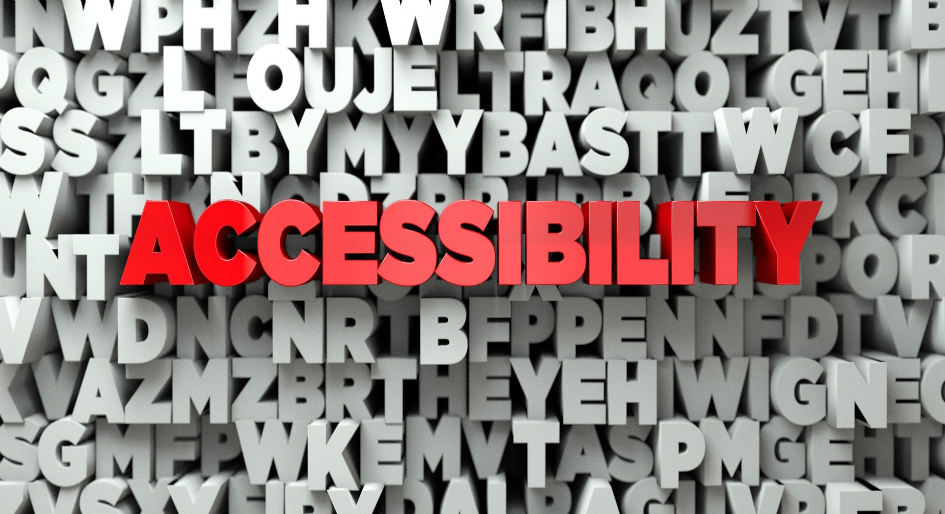A pressing issue facing facility managers across all building types is the crucial impact that barrier-free accessibility can have on a strategic renewal plan—one created from the risk management assessment.
Accessibility is a human rights issue, which stands to reason why it’s an integral part of the Ontario Integrated Accessibility Regulations (IASR). Those with accessibility challenges have the right to work, live and enjoy life with the rest of us. Removing barriers is also deeply entrenched in provincial building codes and various provincial accessibility legislation. Would it not also stand to reason that businesses have a duty and responsibility to remove barriers?
In doing so, it is necessary to understand how we have socially tied the need for barrier-free access to an “aging population.”
In part this is true. As Baby Boomers and Gen-Xers continue to age, many of facilities have fallen behind in making suitable changes. In reality, the needs may be physical, mental, emotional, socioeconomic, cultural or language based—none of which are solely tied to one generation.
This limited view is changing.
Definition of a disability clarified
Language matters when discussing disabilities. According to The Centers for Disease Control and Prevention, “A disability is any condition of the body or mind (impairment) that makes it more difficult for the person with the condition to do certain activities (activity limitation) and interact with the world around them (participation restrictions).”
Every workplace should focus on becoming barrier-free. Free of impairments, activity limitations and participation restrictions. No other definition or explanation is needed.
However, disability advocates continue to highlight the many barriers that persist. In a 2021 study from the non-profit Angus Reid Institute in partnership with the Rick Hansen Foundation, those living with disabilities face barriers when trying to enter the workforce and encounter further challenges if hired. These range from inaccessible workplaces to not being provided with the appropriate tools for the job.
As conscious consumerism continues to grow, 62 per cent of Canadians said they would be more likely to give their business to an organization or company that has specific policies to support those living with disabilities.
Priority of service
“Once you start thinking about who I want to serve, rather than who I want to be, you have taken the first step to becoming a positive leader who makes a real impact on others.” – Jean-Philippe Courtois.
As facility managers, we are aware that we not only serve the customer but also our staff and coworkers. All building code accessibility requirements are specifically created to remove as many barriers as possible, considering the physical, mental, developmental or other health conditions that can interfere with many or all daily activities.
Not all existing building conditions should be considered a barrier. Stairs are not a barrier to persons with hearing impairment. To persons with partial or full vision impairment, they are no longer a barrier if the tread edge of stairs and railings are marked with contrasting colours.
If the path to a barrier-free facility can be addressed with simple, cost-effective solutions, we are making progress. Where that is not physically possible, institute an improvement plan, training and policy to address.
Emergency preparedness and response
Anyone can experience an access or functional need at any time. A broken leg requiring crutches is a health condition that is disabling. It can create a temporary disability that changes your response to an emergency, for example.
People with access and functional needs and anyone assisting or working with them should create a risk management plan. Addressing these potential challenges ahead of time will reduce the physical and emotional stresses during an emergency. This is the core of a comprehensive risk management program where every facility manager has a key role.
The challenge for facility managers is to look at typical building elements in a new way. Accessibility barriers to customers and coworkers may be some traditional design elements such as full-height glass entrance doors without markings, or lack of high contrast colour difference between walls and floors. Working towards a barrier-free facility could be a great real estate leasing plus, adding value to the service you provide.
Arnie Wohlgemut is the senior consultant and president of KP Mylene & Associates, a facilities management consulting and leadership development company. He is a facility accessibility expert and is passionate about supporting facility managers to become successful leaders within their organizations.





Amazing article!! Thank you for the knowledge